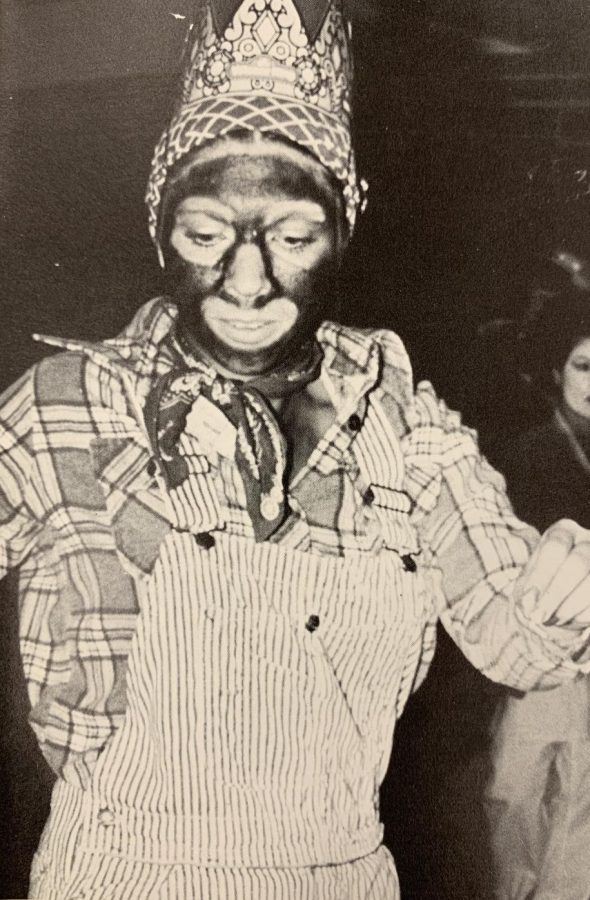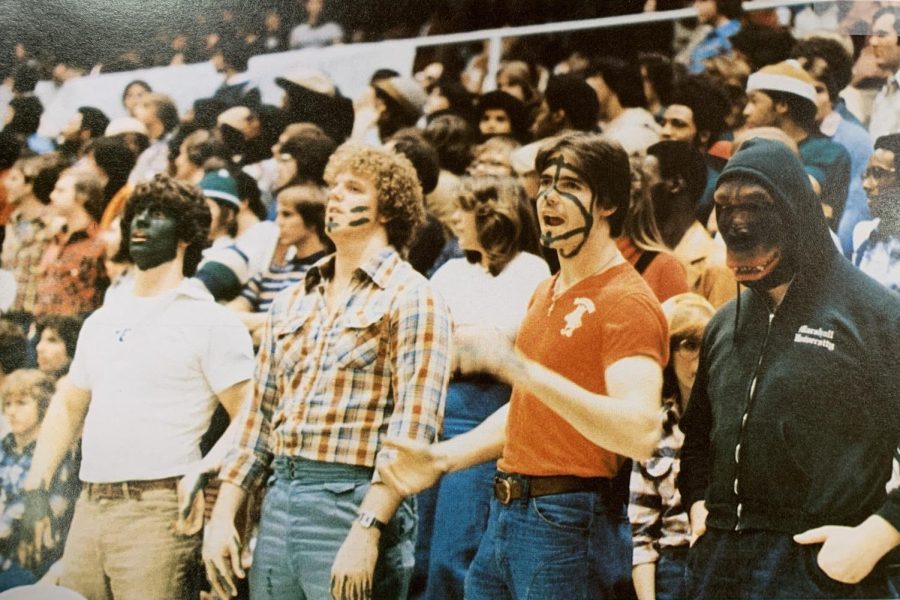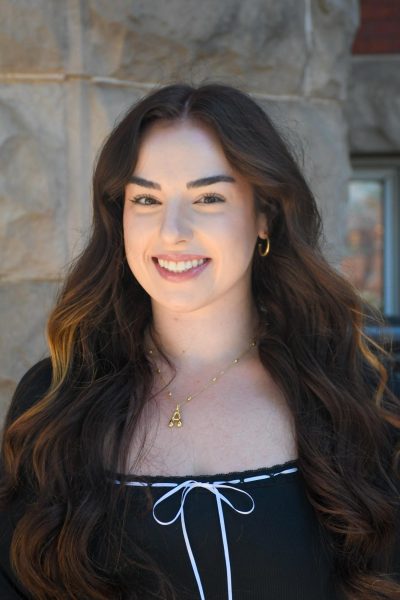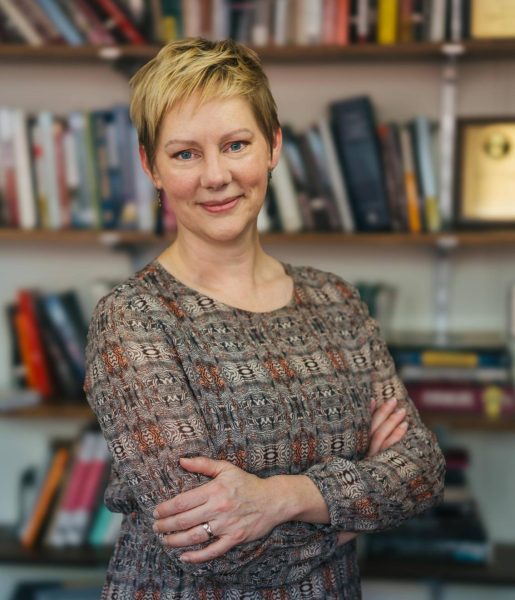Educational and personal lessons from history
Not all of America’s history centers around freedom, equality and respect for fellow countrymen. Among other things, evidence of this can be seen in racist photographs in old college yearbooks. Except these yearbooks are not that old at all, such is the case of the recent emergence of Virginia Gov. Ralph Northam’s 1984 medical school yearbook. The page dedicated to him features one man in blackface and another in a Ku Klux Klan robe and hood; the governor claims neither is him, but this does not add up. Even if Northam is not pictured in this racist attire, someone was, and someone allowed this to be published.
And who are these people today, not just in this yearbook photo, but in all yearbook photos with racist depictions? Many are executives, bosses, governors…simply put, they are still alive, and they are those in power. Those with the power to put others, such as minorities, down and not allow them to have any power of their own.
What is tricky about the Northam blackface scandal is that it is not ancient history. It is living history. This is happening now, today, not yesterday. It happened less than 40 years ago, not a century or more.
So, with this in mind, Parthenon editors investigated past Marshall University Chief Justice yearbooks for any evidence of an offensive or racist past of our own. What we found included unnamed students who appear to be in blackface, some at a sporting event and another at a Halloween party. The sporting event picture also features a student with a gorilla mask on, standing beside the others in blackface. This was from the 1978 yearbook, by the way.
Let this say what it will.
On the other hand, editors found examples of Black Awareness Week and black fraternities, and the yearbook staff included many pictures of black students going about their daily college lives, seemingly no different than white students. Of course, this was after black students began attending Marshall. Though we found more evidence of blackface than we were originally expecting, it at least did us good to know the black experience persisted.
One fortunate aspect concerning our history, good or bad, is that we can learn from it. We can understand that the time period was different, that what these students were doing was relatively still acceptable at the time, but we must know that does not make it right. We must understand that these students are out of school and in the real world now, and hopefully they have left any hint of racism in their past. But do not let them try to hide anything, because if we shy away from history, good or bad, we are doomed and will learn nothing. By learning nothing, we cannot grow.
Though it is good to dig up history, let it never be buried in the first place.

Your donation will help continue the work of independent student journalism at Marshall University. If you benefit from The Parthenon's free content, please consider making a donation.







